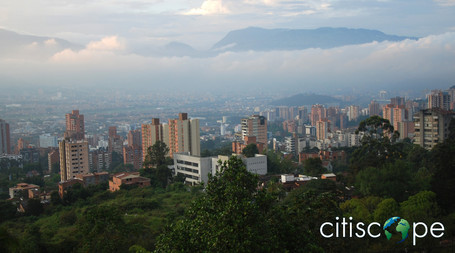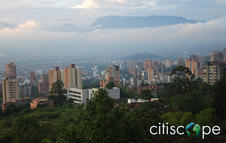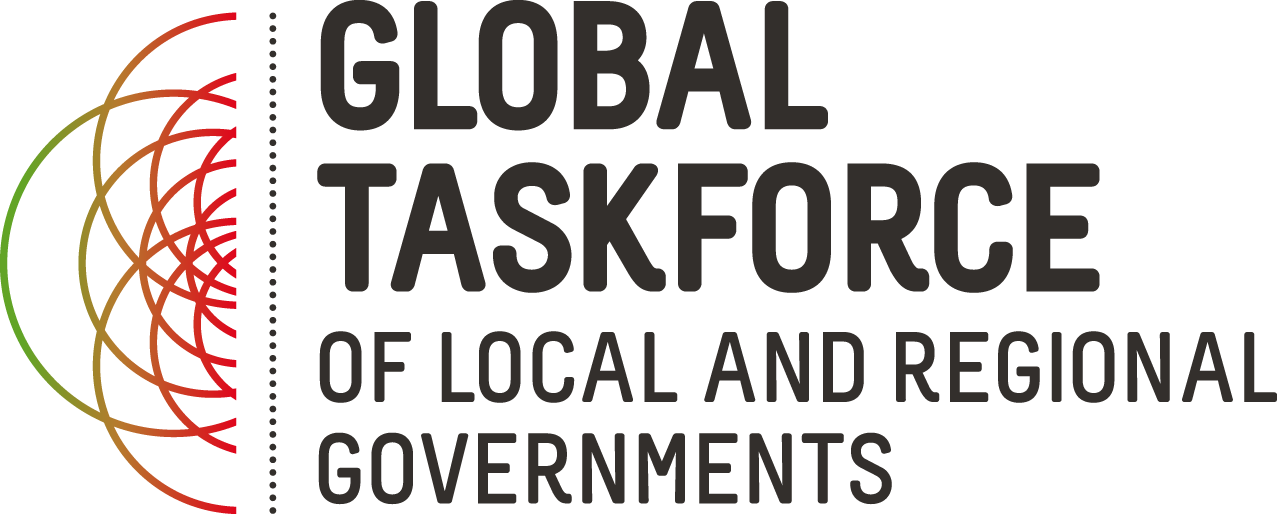
Source: www.citiscope.org
Gerard Martin is one of the leading scholars of Colombia’s cities, particularly Medellín and Bogota. He’s the former director of the Colombia Program at Georgetown University’s Center for Latin American Studies. He’s also the author of Medellín. Tragedia y Resurreccion. Mafia, Ciudad, Estado. 1975-2012, which comes out in a second Spanish edition this month.
I caught up with Martin ahead of this week’s World Urban Forum in Medellín. He shared the fascinating story of how Medellín grew into a metropolis of more than 2 million, how it descended into drug violence in the 1970s and 80s and the creative ways it’s turned itself around since then.
Christopher Swope: Tell me about the geography of Medellín and how that’s influenced its development.
Gerard Martin: Colombia is the third-most geographically fragmented country after Pakistan and Afghanistan, in terms of the mountains and the altitude and the road network. Medellín is a mountain city, which only enhances this do-it-yourself growth and development. And so Medellín has been the central urban area for the whole of northwest Colombia, running up to the frontier of Panama. The agricultural flows and commerce all would go through Medellín.

Q: So it was a trade crossroads? That's why a city of this size would exist in the mountains?
A: Yes, it's a beautiful, rich valley. It's a perfect altitude at 1,500 meters, which pretty much permits everything to grow. It has a very nice climate, so that’s why Medellín is called the City of Eternal Spring. The disadvantage is it's located in the middle of the Andes mountains, and in terms of transportation, it's always difficult.
Q: How has Medellín grown?
A: Medellín had about 50,000 people at the beginning of the 20th century. And it had about 300,000 people mid-century. Between 1950 and 1970 it triples, it goes from 300,000 to over 1 million. And in the next 20 years it doubles again from 1 million to 2 million. So the significant growth is in the second part of the 20th century, that is when Medellín really becomes an enormous city.
Medellín isn't the only one. Bogotá grew at the same speed, Cali grew at the same speed, and other large and medium sized cities in Colombia grew at the same speed. Colombia has about 100 medium-sized cities, all between 100,000 and 500,000 people. And they all come into existence at that size in the second part of the 20th century.
And that implies challenges for governance. These cities would grow and still have this national government apparatus that was laid out for a country of 5 million people. And 40 years later, you have a country with 40 million people. And essentially no major institutional changes were made to guarantee that government on the local level would be able to handle cities of such size.
Q: What drove the growth?
A: Mainly economic growth, health improvements, high birth rates and decreasing infant mortality rates. There’s also been out-migration from the rural areas to the cities, but that’s not the main factor.
Actually the total population in the rural areas in Colombia increased. It’s a lower percentage compared with the urban population but it still increased from 10 million at mid-century to 17 million. Sometimes we forget about that. Sometimes we think the countrysides have emptied out and everybody went to the cities. That's not true.
Q: So the pattern in Medellín is development creeping up the hillsides of the valley?
A: What you see is that until at least mid-century, they were able to do some serious planning. But the rapid demographic growth, and the lack of decentralization, and the lack of national policies toward social housing led to this informal urban sprawl. And it led to a city that is 25 percent planned formal urbanization and 75 percent of the people living in more informal developments.
Q: Is it basically true that the further up the mountains you go the poorer the population gets?
A: That is the basic rule. The poor have to find their plots further out, and further out implies higher up because the valley is fully urbanized now. So higher up and farther away from services of all kind.











